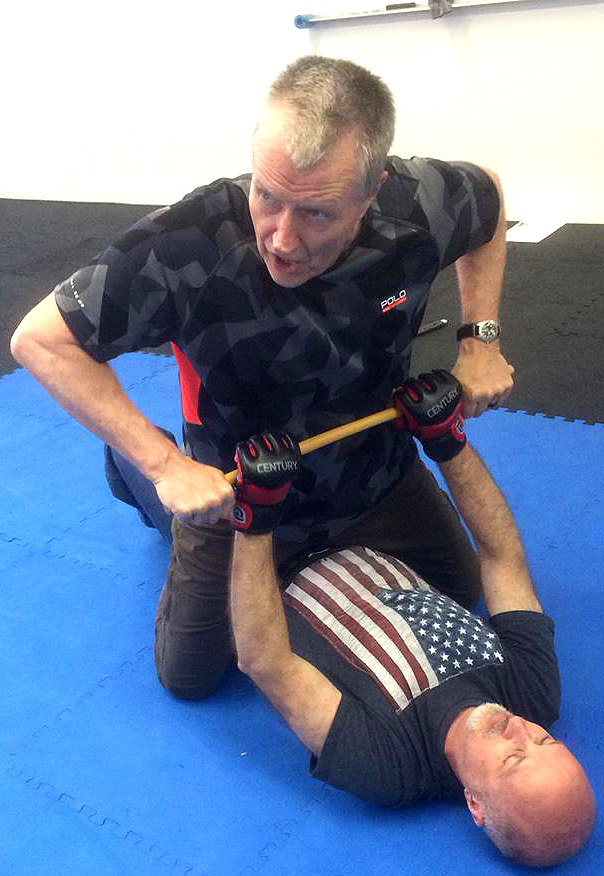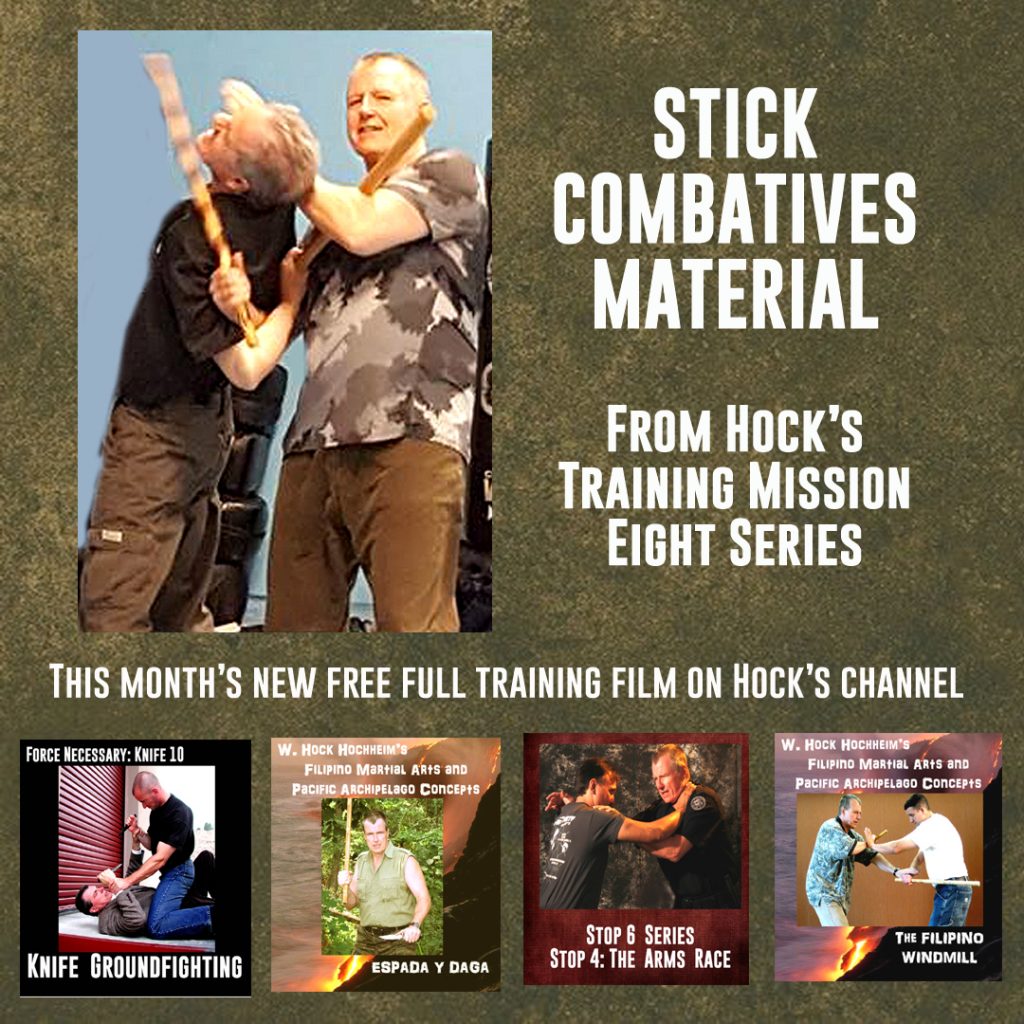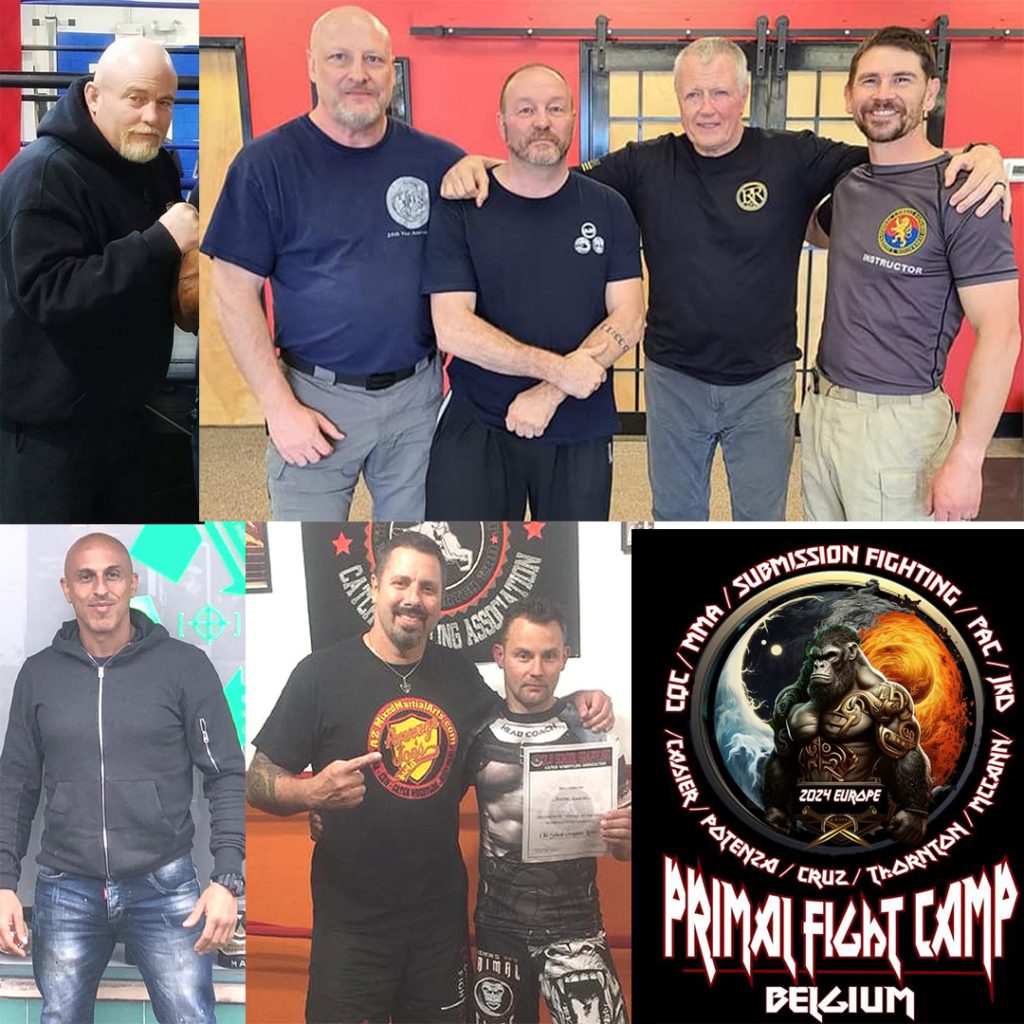
- “HELP ME ADVERTISE MY NEXT SEMINAR!” or,
- “HELP ME SELL ____,” or
- “HE KNOWS I AM GOING TO _____, WHY ISN’T HE…”, or,
- “WHY ISN’T HE LISTING ME, I Will BE…”
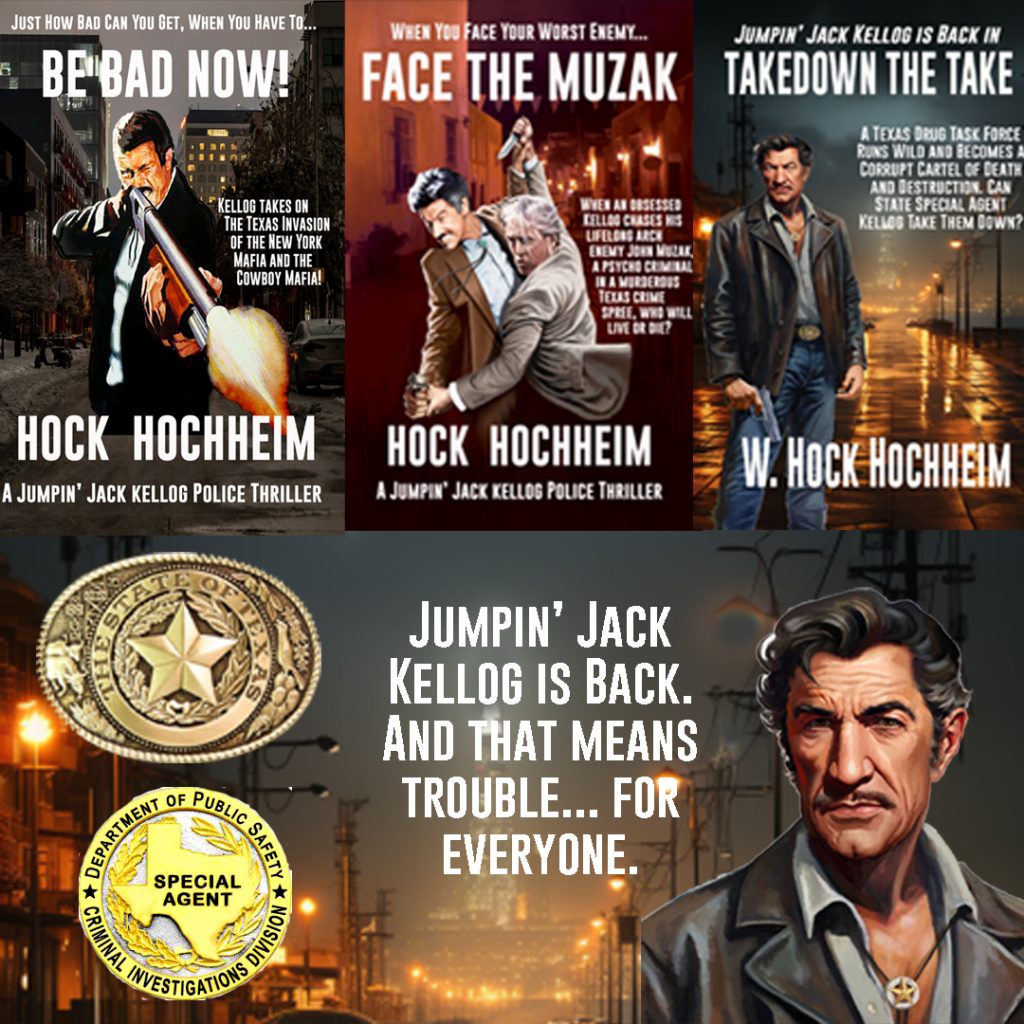


The first murderer I caught in Texas was an interesting case. I think this was the first one there, but it might have been the second. I can’t remember for sure. If you are indeed used to that kind of thing, it was typical of murders in many ways; if you are not and new to it all, it was shocking. But all murders have many intriguing, classical aspects in the timeless, human drama and trauma of life and death.
After years in patrol and an investigator in the US Army, I was no “first rodeo’ guy when I got to Texas. In my first few months on patrol in in Texas in the 1970s, I was riding shotgun with Officer Ron Atkins. About 4 a.m. one night, we got a call from an angry neighbor in what we once called “shack-town,” the projects, or the “poor” part of our city … you get the nickname; you get the very sad picture. The neighbor reported men fighting in the house next door. I later heard the original call on tape: “They’s fightin’ something horrible next door. “They’s young, drinkin’ people, and I don’t know what all is goin’ on over there. They’s yellin.’ They’s screamin’ something horrible. I can’t get a nod of sleep!”
On this street, the walls of those single-story, old, small, wooden houses were very thin; and noise would carry. I reported “10-4” to the dispatcher, and Ron headed that way. As we got close to the block, Ron turned out the headlights to approach the house as quietly as possible. Classic patrol tactics. Then, as now, we boys and girls in blue would get ambushed in route to disturbances with some frequency. Lights out. Never park right in front. All that tactical stuff.
It was pretty chilly as I recall, and it surprised us both to see a nearly naked man alone and busy in motion in front of our target house. He was a tall, thin, black male dressed only in cut-off jeans. We coasted closer and watched him. Ron finally decided we needed to see what was going on; and he pulled on the headlights, high beams, and our takedown lights, powerful light bar beams from our car roof that really turned darkness bright like a movie set.
WELL! This young man was busy working at the trunk of his car. The trunk was open, and he was wrestling with … a lifeless body. The body was as long and lanky as he was; and as quickly as he would shove an arm into the trunk, a leg would roll out and vice versa. The man was covered in swirling blood stains, that is, blood painted in circles and swirls on his skin. In my business, that generally means people were bleeding and fighting.
He froze in the bath of those bright lights. I can still see that picture in my mind today. He was half crouched over, eyes wide. Incredulous and shocked. There was no way he could identify who we were behind our bright lights.
I turned to Ron and said calmly, “I guess we got a murder?”
“Yeah,” Ron, too, said calmly.
I sprang out of the car and pulled my Colt Python .357 magnum and pointed at the man. “Police! Hands up!”
He stood straight up and shoved his hands up high.
Ron and I approached from opposite flanks and handcuffed the man. Ron knew him immediately, “Terry, what is going on?” he asked.
“Ohhhh, MANNN! This mother-fucker tried to kill me.”
Terry was indeed cut by a knife and had multiple slashes. I looked in the open trunk with the help of my Maglite flashlight – the large black male in the trunk was also cut up. He, too, was naked except for cut-off blue jeans. I felt for a pulse. None. It was more than obvious that Terry had put the body in the car planning to dispose of it later. Terry tried a few real Swiss-cheese excuses as Ron walked him back to our squad car and used the hand mike to call for an ambulance, a Sergeant, and for CID. He sat Terry on the ground and started to talk with him and inspect his wounds.
Curious, I walked into the house with my gun up and out. The house was partially furnished and, where so, it was with very old and pitted junk. All made worse, if possible, by the signs of a struggle. The living room was an upturned mess; and where it connected to a dining room, a cheap table and chairs were tossed away and turned upside down. There was an ancient carpet on the floor, and it was covered in a giant bloodstain. And atop this ritual, wet, red site? Two big kitchen knives. I imagined two 6 feet 2 inches lean black guys in matching cut-off jean shorts, no less, ducking, stabbing, and slashing. And yelling loud enough to wake the neighbors.
I saw a dim yellow light on down a short hall; and gun barrel first, I made my way into the room. On an old bed lay a white girl about 20 years old, later I discovered quite drunk, and with long blonde hair. Her shoulders were bare. She clutched a soiled and crusty sheet up to her chin.
“They were fighting over me,” was all she said to me. That pretty much told me a lot.
“Get dressed,” I told her. A duel. A duel for the “fair” lady.
She did, and I guided her out to the front of the house. By now, ambulances and supervisors were arriving. With my arms folded and the two of us leaning against a car on the street, I got a preliminary tale from the girl.
The sad story went that the girl was from out of state and attended one of the two big, local universities we had. She met Terry somehow (as Terry was hardly college material) and began this…this so-called affair. Terry then shared his best friend with her, but the sharing became too tense and complicated. Call it love? Territory? Honor, I guess? Call it what you will. And so, Sir Terry and this Sir Friend had to duel it out with kitchen knives over the fair lady in the dingy little dungeon of the castle. Murder ensued.
In the end, it was another torrid love story in the near-naked city of cut-offs, a mythic melodrama as old as the knights of yore. The duel of edged-weapons, as if told by Shakespeare himself. In the end of the courtroom case months later, the third act you might say, the prosecution could not prove who was defending himself against whom? And Terry Raygins received about a six-year sentence. He was out on the street in two and a half years on parole.
Terry was the first or second murderer I caught in Texas, that I can remember (after 50 years). The very least the first one with Ron Atkins. I got to know Terry as the years went on. He stayed out of major trouble after that. These fair damsels can make you do crazy things.
Post Script: And through the years, I also got to know most all of the Raygins family. All was not well at Raygins’ family castle either. They had a huge family and were a colorful bunch of troublemakers and sad sacks. Poppa Raygins was a hard-working factory man whose feisty wife had tossed him out of the house one winter. Tossed him out … to the garage, that is. Daddy Raygins lived in the unattached, dilapidated garage at the end of the driveway for several years. No heat, no air. We used to drive by and look down the driveway and see ol’ man Raygins watching TV in his garage, or showering in boxer shorts by the yard hose, cooking on a hot plate, and sleeping on an old couch. If he sneaked into the house, his wife would beat him and toss him out. A time or two, I had an occasion to walk up the drive and talk to him, because? Because that is what good patrol officers do. They know the people of their beats.
One day Daddy Raygins decided his hot plate was not enough. He needed an electric stove in his garage. With a stove he could cook better than on the hot plate, and he could also leave the oven door open and heat the place in the winter. He bought a used kitchen stove from RayBlevin’s Used and Repaired Used Appliances. He cleared a space in his cluttered garage, plugged it in, turned it on, touched the metal contraption and electrocuted himself. Fried stone dead. His crispy self lain in the garage a few days until someone eventually saw him, found him and called us. Kilt by a stove he was.
His wife said, “Good riddance to that old bastard.”
Sometimes, life ain’t so pretty in the various Camelots we find for ourselves. Things can get mighty rotten in Denmark. Sometimes.
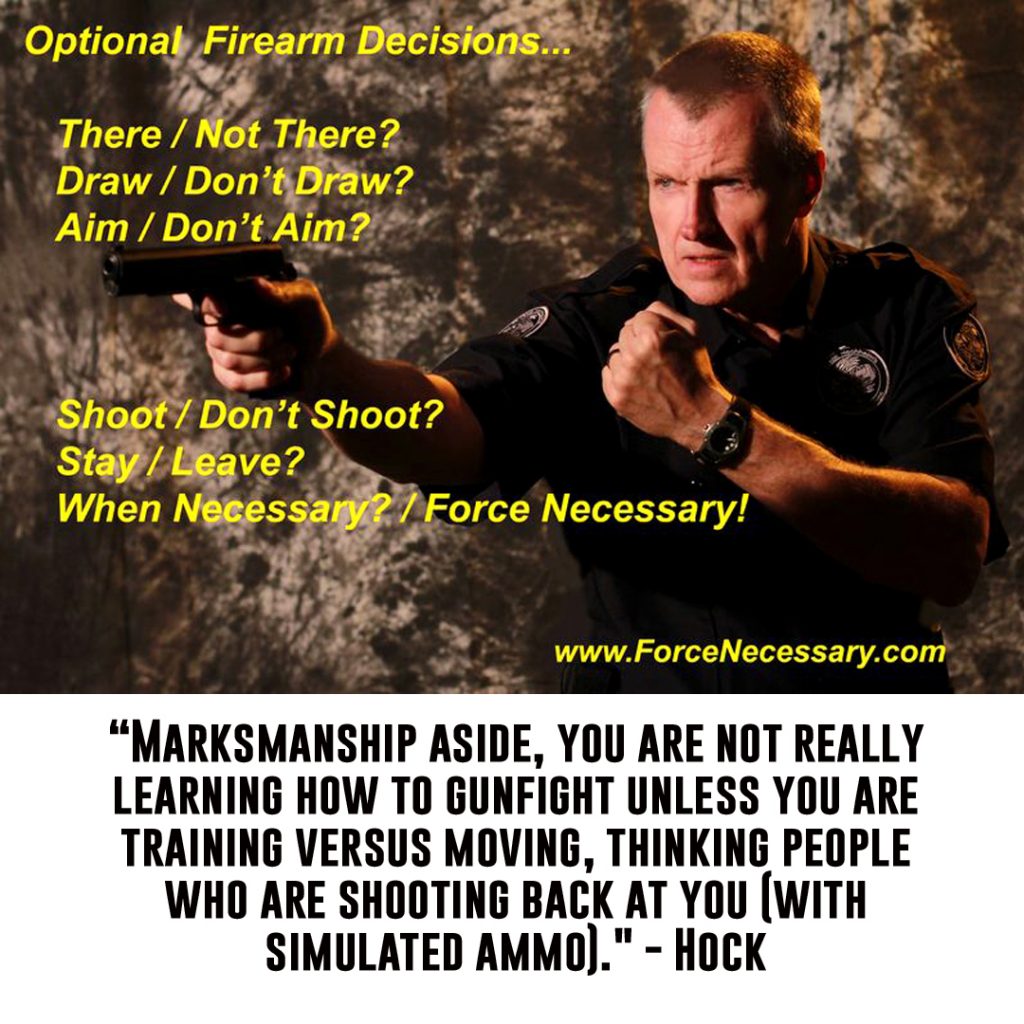
Through the Stop 6, must-be-covered topics are:
* Identify situations.
* Identifying gun carriers.
* Identifying gun carry sites on the body.
* Identify reasons why guns and knives are drawn.
* Identify many physical tip-offs of quick draws.
* Identify your drawn decisions (see photo attached).
* Identify the elbow and-or hand position of common draws.
* use arm-elbow-hand-catch grappling of many draws.
* and more…
The draw process for you and your enemy starts at the carry site, through the draw on up to the presentation, and firing-use. The photo above describes the actual decision steps of a crime or war draw. Some people think it’s just “shoot-don’t shoot.” But life… situations and circumstances define the big picture.
-Sometimes, why are you there? Why can’t, didn’t you leave?
-Sometimes, why actually did you see fit to draw?
-Sometimes, weapon out, but should you lift and aim it?
-Sometimes, shoot-don’t shoot?
-Sometimes, stay or don’t stay? Wait-don’t wait?
All this and way more in my FORCE NECESSARY: GUN (and FN: Knife and FN: Stick course applications) course. My gun course is nothing but sims ammo combat scenarios. No live fire.
“Marksmanship aside, you are not really learning how to gunfight unless you are training versus moving, thinking people who are shooting back at you (with sims).” – Hock
See all the free, full hand, stick, knife, gun and FMA training films click here:

You’ve probably heard about the word Trifecta (three-bees,) but how about QUADfecta (four-bees?) Yeah. It exists in the Fourth Dimension, no big deal according to Dr. Strange.
Beyond the interview, beyond the avoidance, past the de-escalation, when push comes to shove, etc., in reality we struggle-fight the big three: criminals, enemy soldiers and our “drunk uncles” (a nickname I use for all those relatives who act up.) In researching solutions, I investigate the Martial Quadfecta:
1: Kickboxing
2: Ground n’ pound
3: Wrestling (I prefer Catch)
4: Weapons (modern – sticks, knives, guns, not ancient stuff).
What if any, can I use-adopt from these sources for fighting crime and war, not mirror images of one’s system in arts and sports. Some people like to say “steal” from these sources, some say “take” or “co-op.” “Borrow?” “Adopt.” Whatever. I am always on the hunt, keeping it checkers not chess. “Do it Fit – Don’t it fit?” Running it all through the “Who, What, Where, When, How and Why questions” to embrace or dismiss. Picking and choosing should be debated by people with a high 4-D Martial I.Q..
4-D? Any one of those categories alone is one dimensional. Two are two dimensional. Three? Three dimensional – and most old science discussions end with 3-D, huh? BUT we are now in the Multiverse says Dr. Strange (and so do MANY leading scientists by the way!) so we enter the FOURTH dimension, so to speak. The Quadfecta.
Lots of folks like being in their one or two or three dimensions. Great. I’m happy if you’re happy. All I ask is don’t be ignorant about it and know where your limited dimensions fit in the Multiverse, which I reckon is another way of saying “stay in your lane?”
Me? I hunt on a four-lane highway.
(I wonder if anyone will ever call their new school “Quadfecta Martial Arts. You can! I haven’t copyrighted it.”)
Watch these full hour free training films, click here
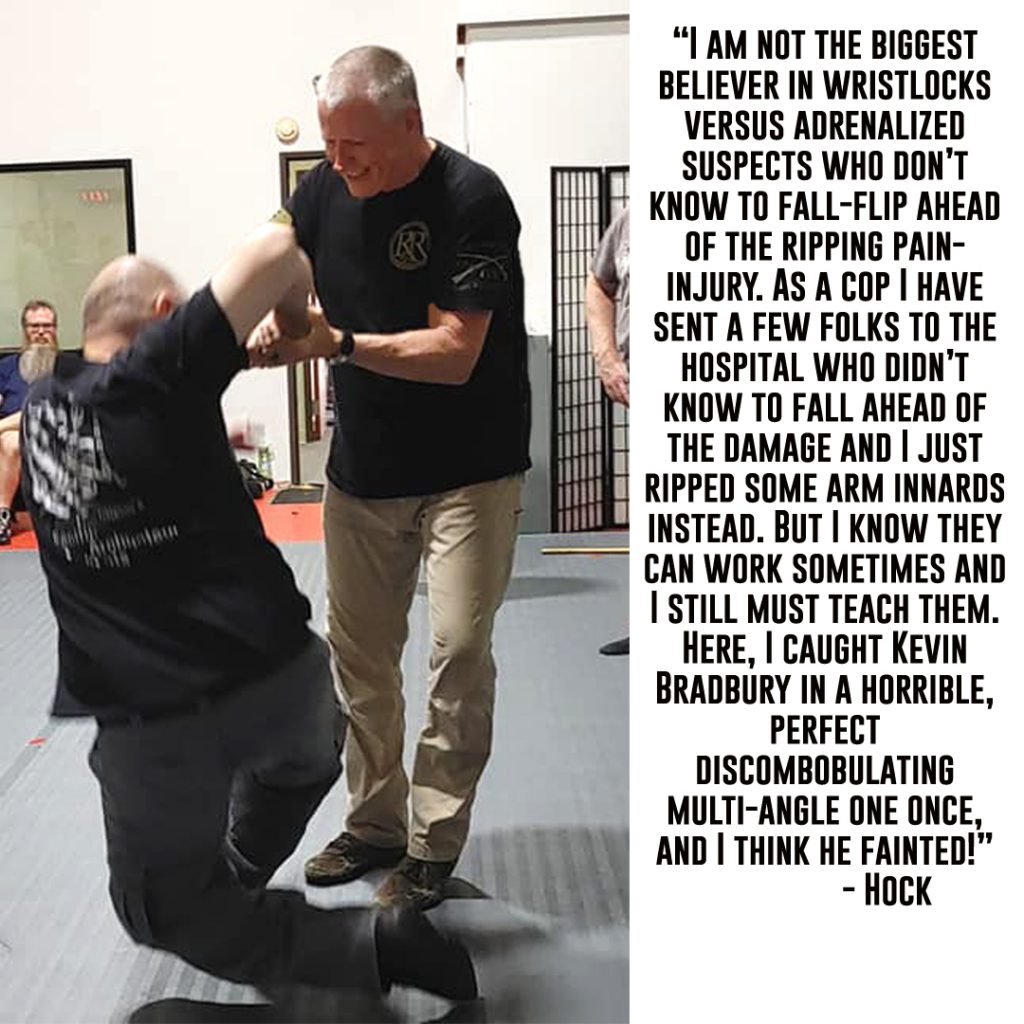

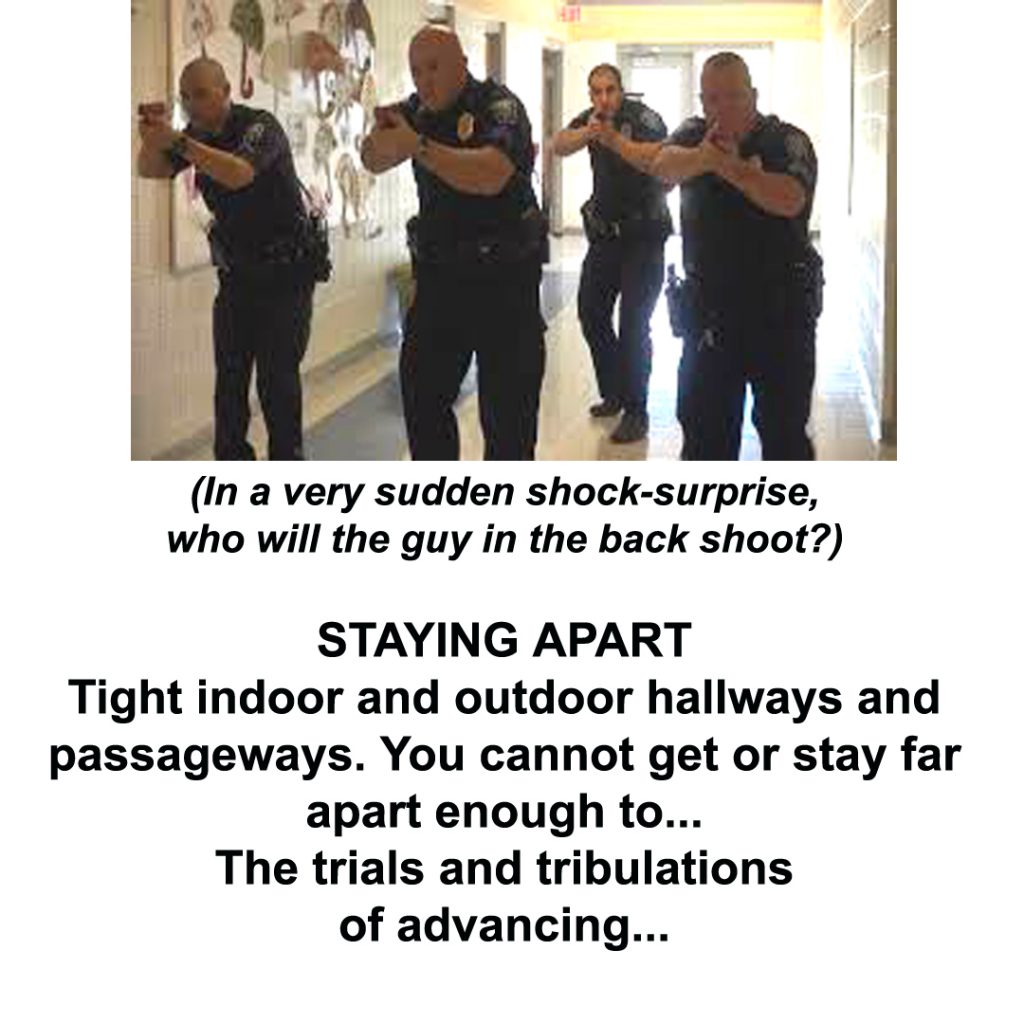
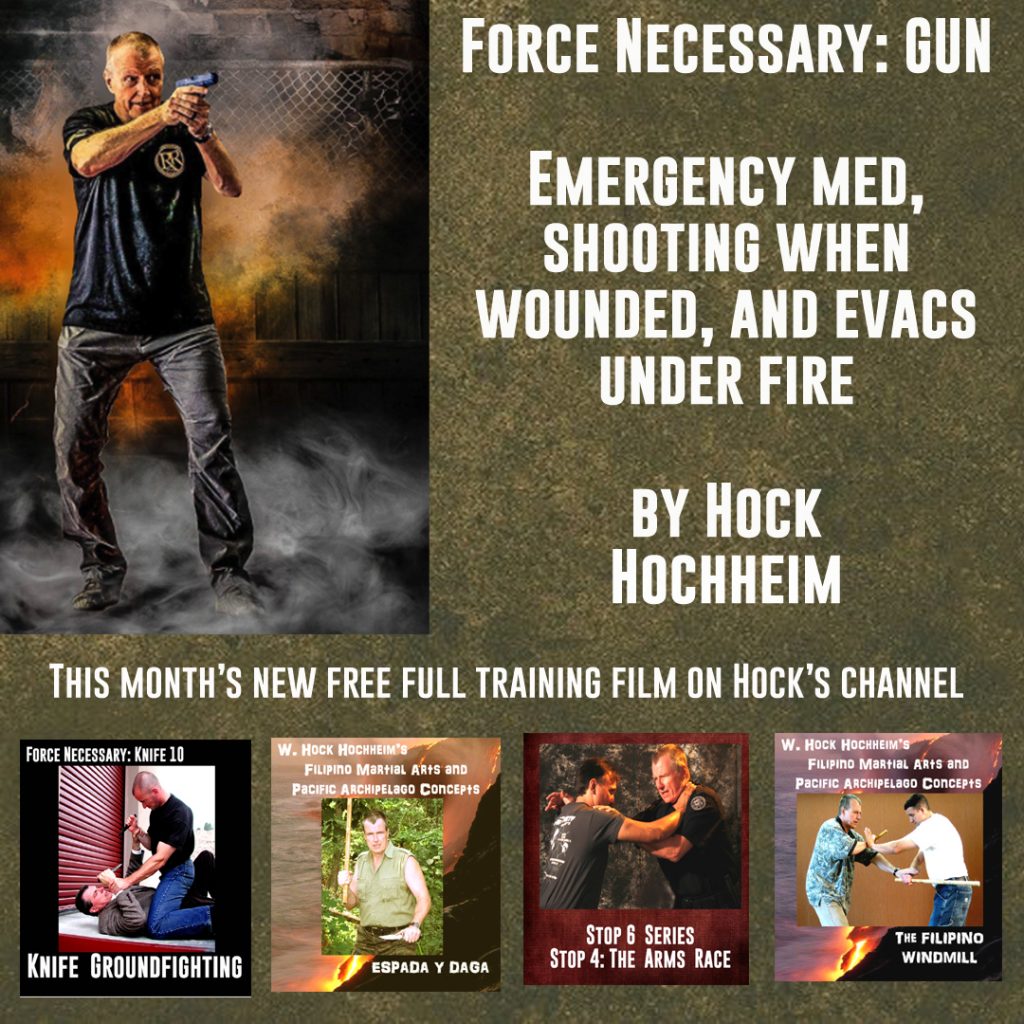
I stumbled upon yet another character on the web that criticizes knife instructors (in general) and their various titles. I was not mentioned and someone else was the real, make-fun-of target. How dare we teach knife tactics and not be Jim Bowie? How dare you call yourself a knife “expert,” is the theme.
Lots of titles in topics, basic, advanced, expert, subject matter expert, master (lots of pros use that acronym “SME”– I do) etc. The complainers like to ask, “how many of these guys have ever been in a knife fight?” Many of these complainers also like to say that knife trainers are not needed. “Just stick the pointy end in. Ha-ha.” This ignores the myriad of laws, situations and skills. I am reminded of some of the 1960s and 1970s police ground fighting training we received that was summed up with,
“Tackle. Punch. ‘Swim’ to a choke. Handcuff the unconscious suspect.” Oh, it’s just THAT easy? Then why all the time and grade training. That’s like the “just stick the pointy end in” easy?
Anyway, frequently these “pointy-end-in” complainers are so often dedicated gun guys, who should then be content with just “sticking the pointy end of a bullet in.” Right? But instead, they spend fortunes on never-ending, redundant before-during-and-after shooting courses from…instructors who have never been in any gunfights either. Famous yes? Maybe? Close – but no real-world, cigar. Then they get certified from non-gunfight teachers. People think of the title master as a martial arts rank only but there are gun programs that create gun masters, gun experts and even gun grandmasters.
Which is my point (pun intended). Declaring that all knife instructors must have been in numerous knife fights to teach, is like asking the same of gun instructors. Same-same, yet the U.S. is chock full of very busy shooting instructors who have never been in gun fights. Chock, chock full. What about all these combatives and “Kuraty” black belts and instructors who have never been in so-called “real” fights (not talking about ubiquitous, average tournaments here. If you want to be a sports champion, there are many experienced sport champs around to learn from). But, the “must have been in” rule is either a broad rule for all, or not much a rule.
In the big picture, not many people have “been in” anything they teach. For example, we know that many business expert, college professors and economists have never run a single business. There are many trained expert astronauts that have never been in outer space. There are many trained Chinese history experts who’ve never step foot in China. Should I go on and on with this never-ending list? You know what I mean.
So, what about the “Next Best Thing” rule? Most of the world has never “been in” a hand, stick, knife and gun fight. Most of these other topic instructors never have either. And folks do like to learn from those that have been “in.” But such sources and contacts are hard to find and expensive. So instead, most of the world meet downliners and this is where we get the titles “first generation, second generation” instructor nomenclature and why such designations might actually be important. And folks learn from researching the field. After a period of time of one or both study sources, these thirsty downline folks can become smart, subject matter experts. Oops, there’s that “expert” word again.
I myself have spent a lot of time and money traveling far and wide to train with really experienced people. I see and feel the experience. The advantage. The military and policing life have offered up these connections to me. But I would NEVER automatically belittle anyone who has never “not-been-there, not-done-that.” Some of the smartest people I know have never “been-there, done-that,” yet have the intelligence IQ and emotional IQ to excell, and are even smarter than the original, real-world experienced pros. Oh, yes. It’s like a genetic crapshoot, a macabre dance with nature-nurture and chance. That whole topic is called, “picking the right instructor!” (Find someone smarter than you.)
So why just pick on knife teachers? As I suggested I often waste my time by looking these knife complainers up. This particular aforementioned chap, works in a bread company, a bakery-factory. Oh sure, he has the prerequisite long beard and covered in tattoos for sure, but he makes bread. And…yes, he is a gun instructor. According to his resume, he’s never been a cop or in the military and I would bet, odds are then, never been a gunfight. Otherwise, he looks to be a great guy and a patriot and dedicated family man. Thumbs up, dude. And he might be, could be still be a fantastic gun instructor, even sans a gun fight – yet still an expert handler of the material. But he is exactly like that knife instructor, sans a knife fight, he throws stones at. The saying “people who live in glass houses shouldn’t throw stones” comes to haunt.
How important is “Have Been In?” How important is “Been-There, Done-That?” How important is the “Next Best Thing?” Well, source-important is vital, yes, but the sources are a tiny minority in all fields and they’re hard to find and usually expensive. You learn from the best you can find and the majority of the time, it’s from those first, second, third or more generation sources. Let’s not be ignorant complainers and loudmouths living in glass houses about these first, second or thirders. They might be smarter than you. You “learn up the ladder.” Life, learning and skill is lot more than just sticking the pointy end in. Learn up.
______________________
Coming soon from Piccadilly Publishing in Great Britain…
Force Necessary: Hand Level 6 Strike: The Elbow Strike
Yes, the popular elbow strike is number 6 in the strike list. Not that it is 6th in importance, it’s just that everything cannot be number 1, and things need to be stretched out for digestion. Remember our mission is not to create champion kick or Thai boxers, but develop self defense, survival skills.
The elbows are very close quarters strikes. Sport applications can easily be confused with survival applications by naive instructors within the spinning worlds of self defense and sport. I have heard various self defense system instructors regurgitate a lot of sport doctrine. Survivorialist borrow (some like to say “steal”) from sports and shouldn’t automatically, completely replicate them. So what’s different?
Cutting AND Smashing? Take for example the generic instruction that the elbow is used for both cutting and smashing. Suffice to say that the best smashing impact deliveries are the striking surfaces just a 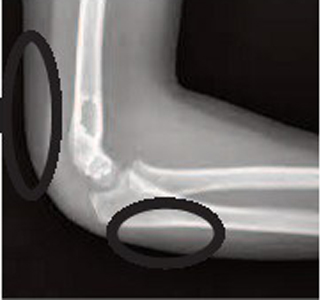
The Striking Version. Many experts suggest incorporating your big bones as much as possible. You might say, “elbow-area” striking for self defense and elbow tip striking possibilities for sports cutting. It’s more than semantics.
The Cutting Version. Hitting with the very tip of the elbow may cause 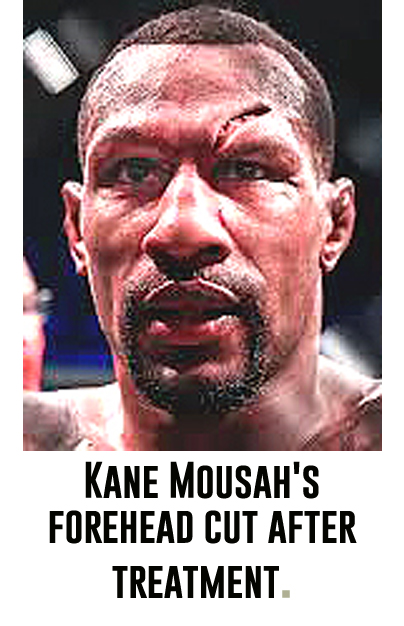
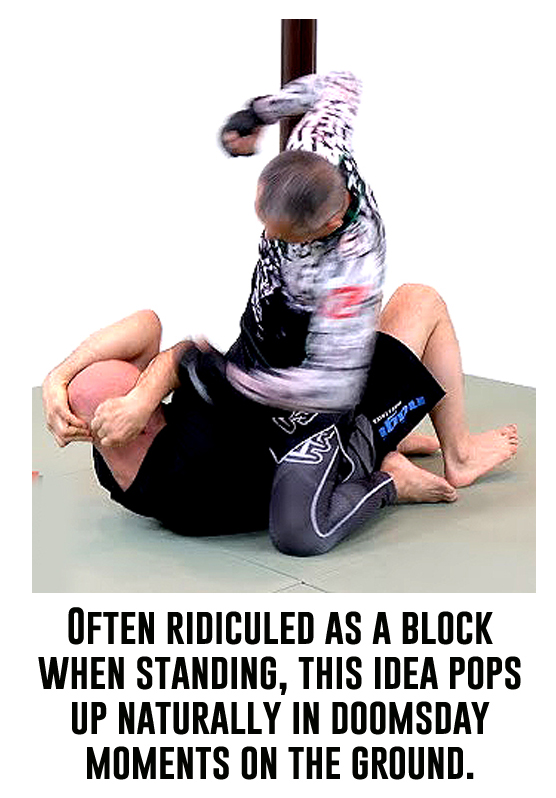
Better to Give than Receive. When in elbow delivery range, you are in elbow reception range, a common Thai Boxing theme. Where does your support hand and arm go? Inexperienced practitioners, especially 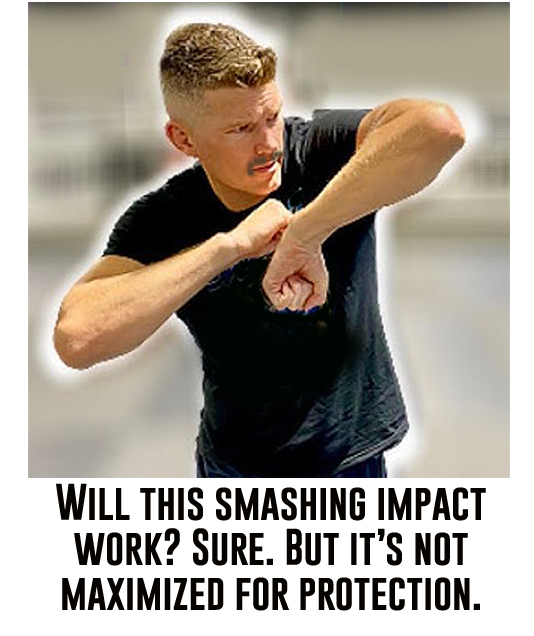
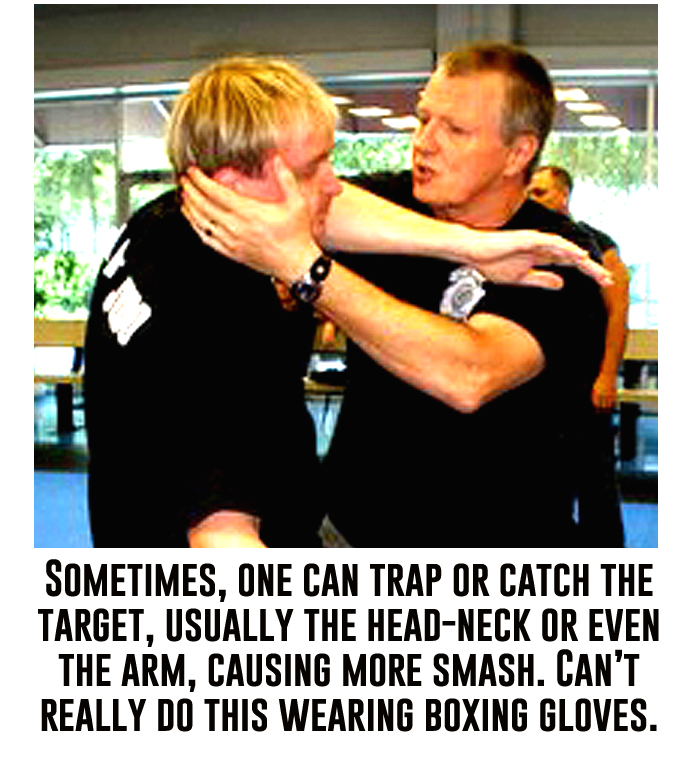
Note: Thai boxers often deliver horizontal and near horizontal incoming elbow strikes with that arm’s wrist bent and hand pointing down. This allows for the deeper range and penetration of the strike, whereas the straight wrist and hand inhibits that deeper strike because your hand hits your torso. In big gloved Thai fights, this hand position is hard to observe. The bent wrist might not matter much. This is just what I was taught in the Master Chai Sirisute Thai Boxing system. We report. You decide.
The Basic Elbow Smash List: The old saying is, “if you have a good hook (punch) you have a good elbow (and vice-versa), as the body dynamics are somewhat similar. The combinations seem endless and class time should be spent working on them. Do these standing, kneeling and on the ground (as in top, bottom, right side, left side), all where feasible.
Horizontal or mostly horizontal elbows.
– right traveling left.
– left traveling right.
Vertical or mostly vertical elbows.
– mostly downward direction, including diagnials.
– mostly upward direction, including diagnials.
Thrusting elbow.
– to the front, sides and back.
Spinning elbow.
– mostly horizontal.
– 1/4 or 1/2 or 360 spins. Requires some foot and torso set up that at times can be similar to spinning kicks.
– should you feel uncomfortable spinning, you still need to see them used on you and defend against it.
This Level 6 Elbow Module includes all this and elbow scenarios, tricks and skill drills, all too much to to list here. Level 6 also includes the Level 6 kick – the Thrust Kick Module, the Level 6 Emergency Medical Module, and the 6th Stop of the Stop 6 Program which is the survival ground fighting module. Ask for the new and improved Force Necessary: Level 6 Requirements Outline. It’s free and available after 15 February, 2024.
See all the free full training films on Hock’s Combatives TV Channel, click here.
